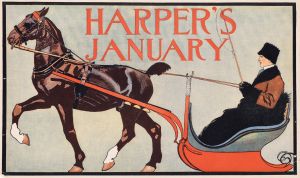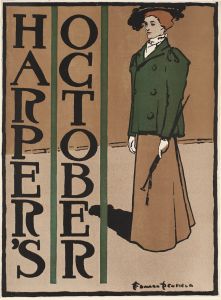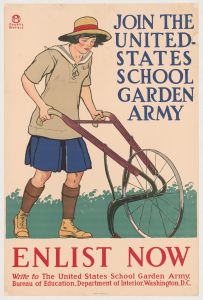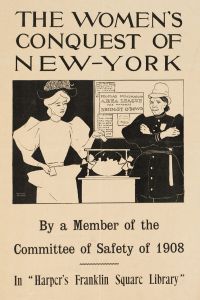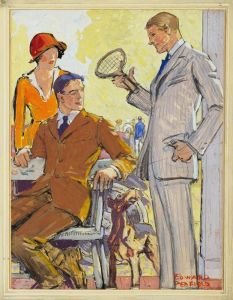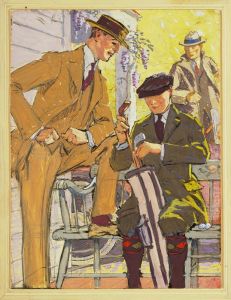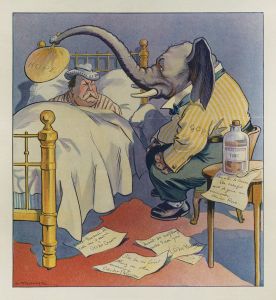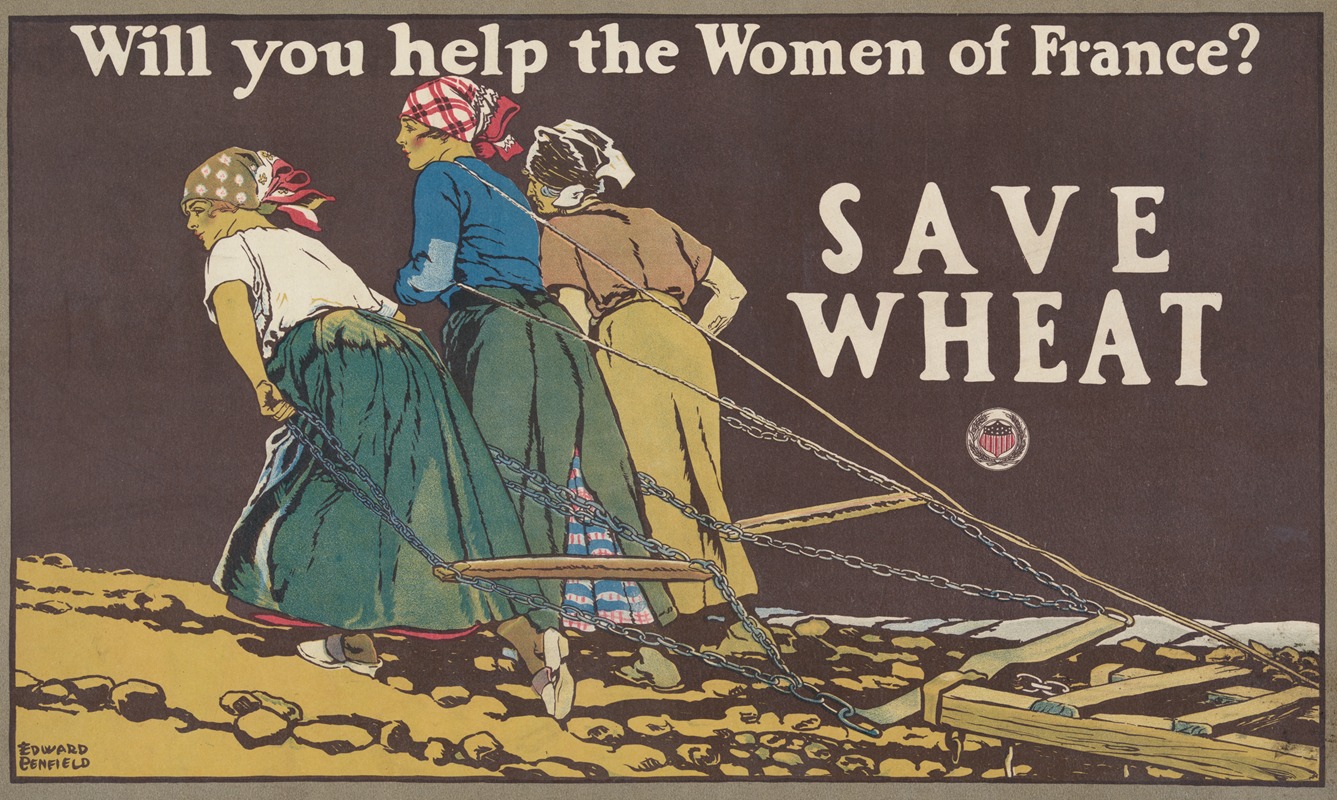
Will you help the women of France, Save wheat
A hand-painted replica of Edward Penfield’s masterpiece Will you help the women of France, Save wheat, meticulously crafted by professional artists to capture the true essence of the original. Each piece is created with museum-quality canvas and rare mineral pigments, carefully painted by experienced artists with delicate brushstrokes and rich, layered colors to perfectly recreate the texture of the original artwork. Unlike machine-printed reproductions, this hand-painted version brings the painting to life, infused with the artist’s emotions and skill in every stroke. Whether for personal collection or home decoration, it instantly elevates the artistic atmosphere of any space.
Edward Penfield was an influential American illustrator and poster artist, recognized for his significant contributions to the art of poster design in the late 19th and early 20th centuries. One of his notable works is the poster titled "Will You Help the Women of France? Save Wheat," which was created during World War I.
This poster was part of a broader campaign aimed at encouraging American citizens to conserve food, particularly wheat, to aid the war effort in Europe. During World War I, the United States government launched various initiatives to support the Allied forces, and food conservation was a critical component of these efforts. The poster was commissioned by the United States Food Administration, which was established in 1917 under the leadership of Herbert Hoover. The administration's goal was to ensure the efficient distribution and conservation of food resources to support both domestic needs and the needs of the Allies.
"Will You Help the Women of France? Save Wheat" features a striking and evocative design typical of Penfield's style. The poster depicts a French woman, dressed in traditional attire, with a solemn expression. She is shown holding a sheaf of wheat, symbolizing the vital role of wheat in sustaining the population and the war effort. The imagery is both powerful and poignant, appealing to the viewer's sense of empathy and duty.
The message of the poster is direct and clear, urging Americans to reduce their consumption of wheat so that more could be sent to support the women and children in war-torn France. During this period, France, along with other European countries, faced severe food shortages due to the disruption of agriculture and supply lines caused by the war. By conserving wheat, Americans could directly contribute to alleviating the hardships faced by French civilians.
Penfield's work is characterized by its simplicity and effectiveness in communication. His posters often employed bold colors, clear lines, and minimal text to convey their messages quickly and efficiently. This approach was particularly effective in the context of wartime propaganda, where the ability to capture attention and inspire action was crucial.
The poster is an example of how art and design were utilized as tools of persuasion and motivation during World War I. It reflects the broader cultural and social dynamics of the time, where art was not only a form of expression but also a means of mobilizing public support for national and international causes.
Edward Penfield's contributions to the field of illustration and poster art have left a lasting legacy. His work during World War I, including "Will You Help the Women of France? Save Wheat," remains a testament to the power of visual art in shaping public perception and action during critical historical moments.





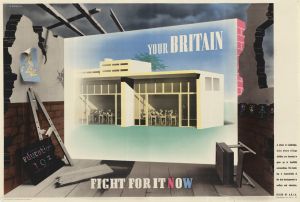
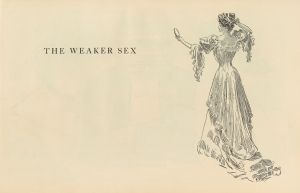
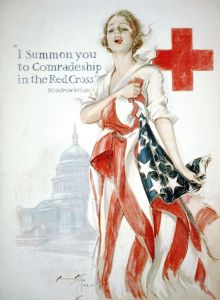
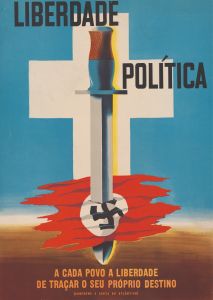
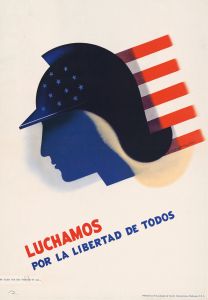
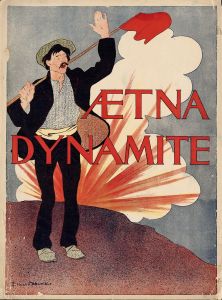
![Harper’s [for] August](/imgs/252617/s/edward-penfield-harpers-for-august-e6d45621.jpg)
